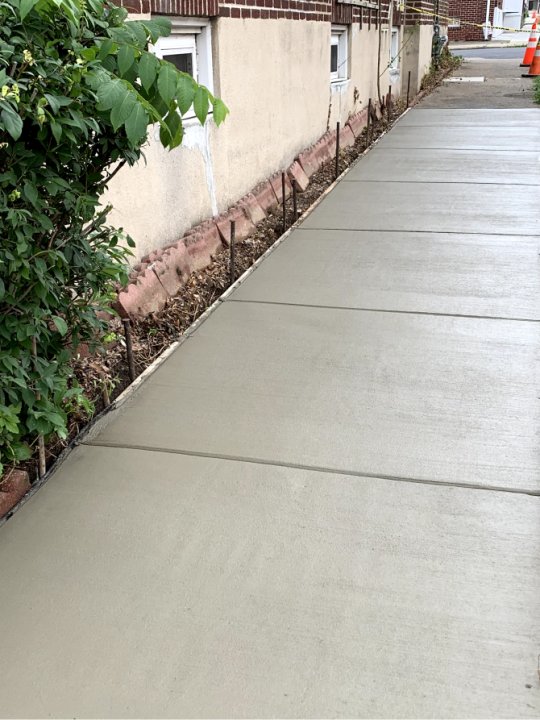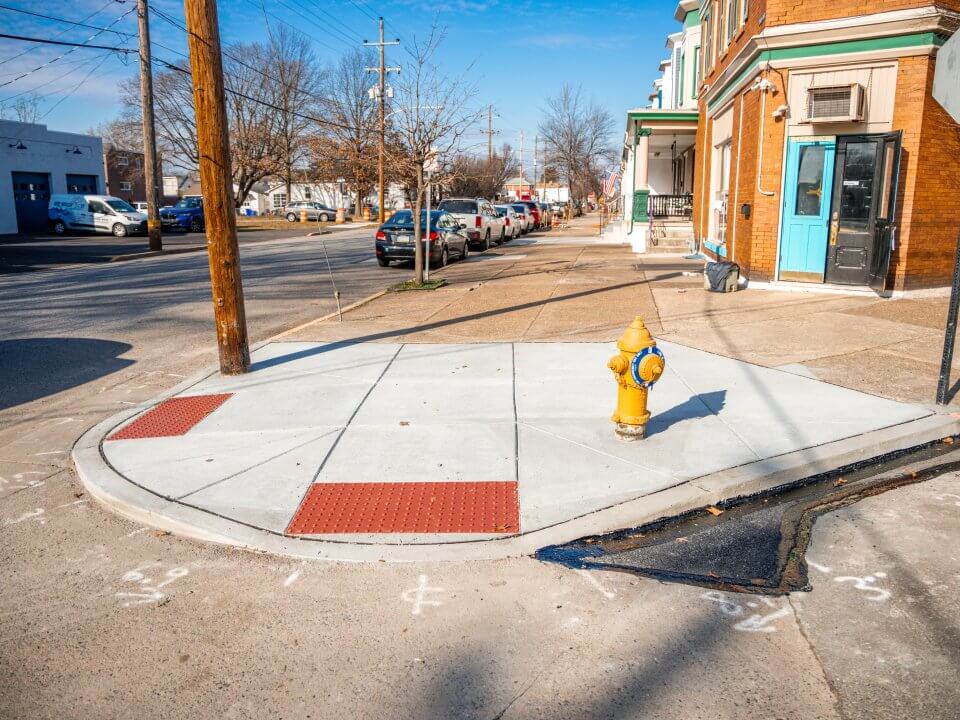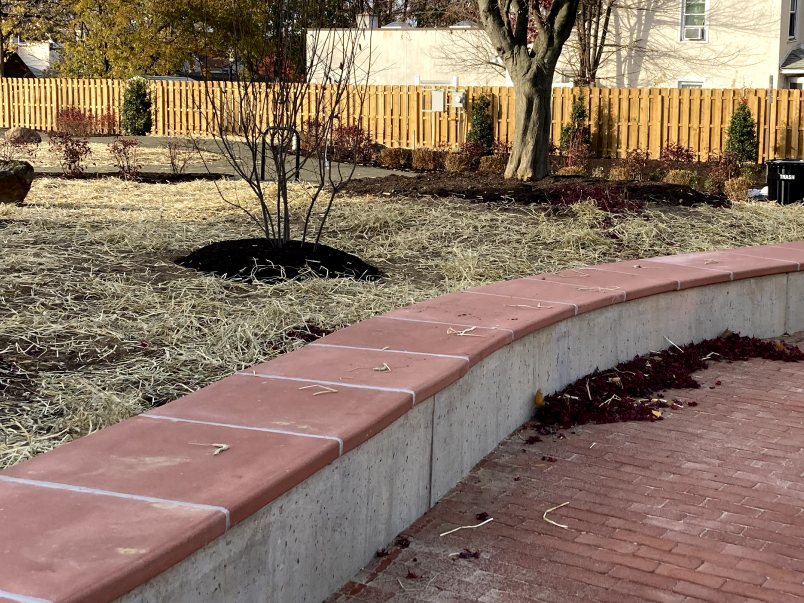Concrete
The concrete surfaces on your property are vital to functionality and must be designed for durability and safety. As trusted concrete contractors covering Philadelphia, Montgomery, Bucks, and other regional counties, G&B Construction ensures the concrete elements of your construction project will stand the test of time and traffic.
- WBENC Certified
- PENNDOT Certified
Commercial Concrete Contractor in Montgomery County, PA

The Best Commercial Concrete Contractors in Philadelphia
We are full-service commercial contractors for excavation, paving, storm water management, heavy hauling, and more. We serve commercial and government clients throughout new construction or demolition and rebuilding projects with expert guidance and project management at every stage.
Whether your project is located in Philadelphia or the surrounding Southeastern PA region, you need to know your contractors understand the land, the local regulations, and the local resources. We have built a solid reputation in Philadelphia construction, and everywhere else in the area, by providing accurate estimates, following the project timeline, and maintaining clear lines of communication.
Our concrete contractors know that aesthetics are just as important as function, so we balance both priorities throughout the project. Your concrete surfaces should provide an ongoing excellent first impression of your property, and they should hold up well over seasonal weather conditions for many years. For additional peace of mind, we also offer snow removal and concrete maintenance services. Please give us a call at 215-919-6600, or contact us online, to review your concrete project in or near Philadelphia.

